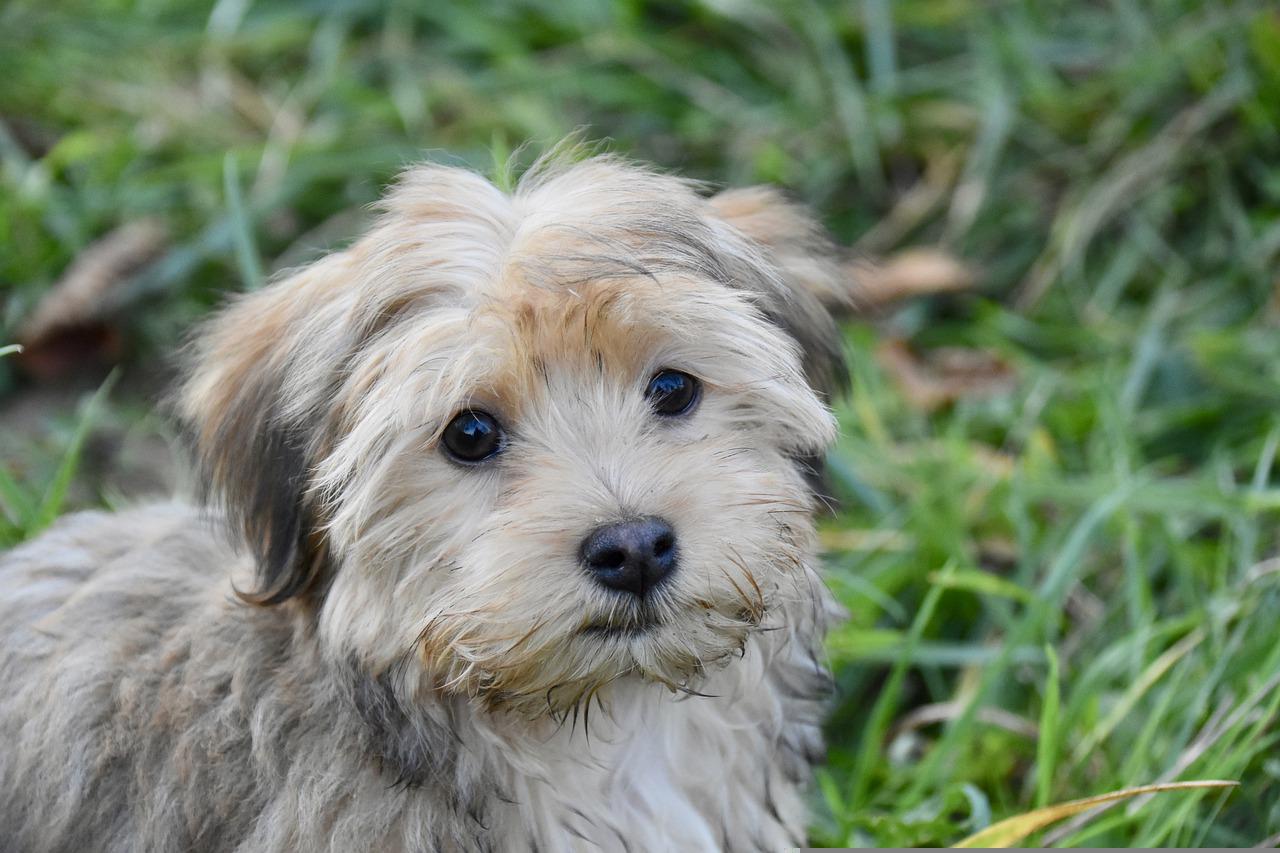CHAPTERS
Navigate to chapter
► Chapter One: Understanding Havanese Dogs
► Chapter Two: Things to Know Before Getting a Havanese
► Chapter Three: Purchasing Your Havanese
► Chapter Four: Caring for Your New Havanese
► Chapter Five: Meeting Your Havanese Dog’s Nutritional Needs
► Chapter Six: Training Your Havanese
► Chapter Seven: Grooming Your Havanese
► Chapter Eight: Breeding Your Havanese
► Chapter Nine: Showing Your Havanese
► Chapter Ten: Keeping Your Havanese Dog Healthy
Chapter Six: Training Your Havanese

As with the training of any other breed, the first few attempts can be very frustrating as you and your Havanese struggle to understand each other. Any Havanese owner must have patience, consistency and dedication, because while this breed does show occasional streaks of stubbornness, they are a highly clever and intelligent breed and will eventually prove the worth of all those training hours you spent with them.
So if you have days of frustration when it seems that your Havanese is not listening to you – just keep at it. If they seem like they would rather do anything other than what you tell them, don’t give up. Patience does have its rewards – especially for this breed, who certainly have the capacity to learn a great number of commands, tricks and skills that they’ll probably even surprise you!
Socializing Your New Havanese Puppy
Just like any other dog, Havanese training starts with proper socialization. This is an especially crucial time for the Havanese’s training, since there might be a tendency to be shy or fearful if not properly socialized. There are some breeders who say that around 8 weeks, even though they are fully weaned (or because of it), the little pups enter a fear stage, and confidence and trust must be built between humans and the puppy before they are separated from their mother.
Socialization begins with the introduction of little things each day, to get them used to the presence of strange and new things while also gradually building up their coping mechanisms. The breeder must have already set the stage with small, daily and gentle handling to get them used to the presence of a human. Once you bring the pup home, it is your turn to continue the socialization process.
You might begin by introducing new things each day – small things around the house are good places to start, especially as these will be things he will have to contend with everyday: the presence of the rest of your household, for instance, especially if you have children, as well as other pets, each can be a supervised introduction. Then there is the introduction to the place where he will be sleeping, such as a crate or a dog bed. There are also the things in the house – the phone ringing, the kettle boiling, the sound of the television, etc. Gradually, you might begin exploring the yard together, introducing him to the feel of a collar and a leash, and eventually, short walks that will progressively get longer as he begins to gain his confidence.
The important thing in this gradual socialization process is to introduce the wider world while also allowing him to adjust gradually, building his confidence the more he begins to explore the world. You do not want him to be afraid or fearful, otherwise he will be living a very stressful life as being in a human household will certainly necessitate constant changes, sights, smells, and sounds. You want him to be confident, while keeping his friendly temperament and sweet disposition. You can do this by making sure that each new experience is done in a positive and cheerful atmosphere.
Crate Training – Housebreaking Your Puppy
There are those who say that Havanese and other toy breeds are difficult to housebreak, but this is no more than true than it is with other breeds. Perhaps it is because of their tiny size and our capacity to carry them that makes housebreaking a bit difficult. That is because effective housebreaking requires clear and constant signals, a regular feeding schedule, and a certain period of confinement.
Pick a crate that is roomy enough for the puppy to move around in. At first, make their stay inside the crate short – provide them with proper cushions or blankets to keep them comfortable, and even some toys to keep them distracted while they are inside. The main thing is to get them familiar with the crate until they no longer being confined within it. If done properly, they may even begin to look at the crate as their own personal space.
If they should go while they are inside the crate, make a disapproving sound, scoop them up quickly and bring them to the yard or the litter box. This enables them to make a quick connection that what you are disapproving of is their going inside the crate. This is opposed to when you only make the disapproving sound after you see the evidence, which could be hours after the fact, in which case your signal might only confuse them if they aren’t doing anything wrong right at that moment.
You might want to try bringing him to the yard or the litter box at about the same time the next day, and reward him with praises and even treats when he does his business where he’s supposed to. Be patient, be consistent in your signals, and above all, keep to a regular feeding schedule. Once he succeeds on his first try, you might want to begin making his potty schedule standard, too.
Make sure that you clean his crate if you should see such evidence inside – some, not all, Havanese, have been known to eat their own poop – which will certainly not be good for their health.
When they begin learning and keeping to a consistent schedule, then you can gradually allow her a slightly bigger space to explore, while maintaining the same crate confinement and feeding and potty training schedule each day.
Be patient while the little puppy is learning this first lesson. Remember that he wants to please you, so it is up to you to make the lesson as clear as possible. And before you know it, you have a housebroken Havanese!
Some Training Methods for for Obedience Training
Havanese are natural little show-offs – they love attention and praise, and are naturally eager to please. They also excel in agility and circus-like tricks, and are intelligent enough to master a good number of commands. They are so versatile that they have also been put to use as trackers, therapy dogs, and helpers of people with disability – aiding the latter by picking up or fetching items for their owners.
Your very own Havanese might have the makings of a good show dog, or an excellent working dog. If so, it all begins with basic obedience training. There are a few methods that you might try as you begin training your own Havanese:
Havanese naturally love to please you, their owner, especially if they trust you and have a strong bond with you. So essentially, the way to encourage them during any training session is to use lots of praises and rewards.
Continue Reading…
Want to read the entire thing?

